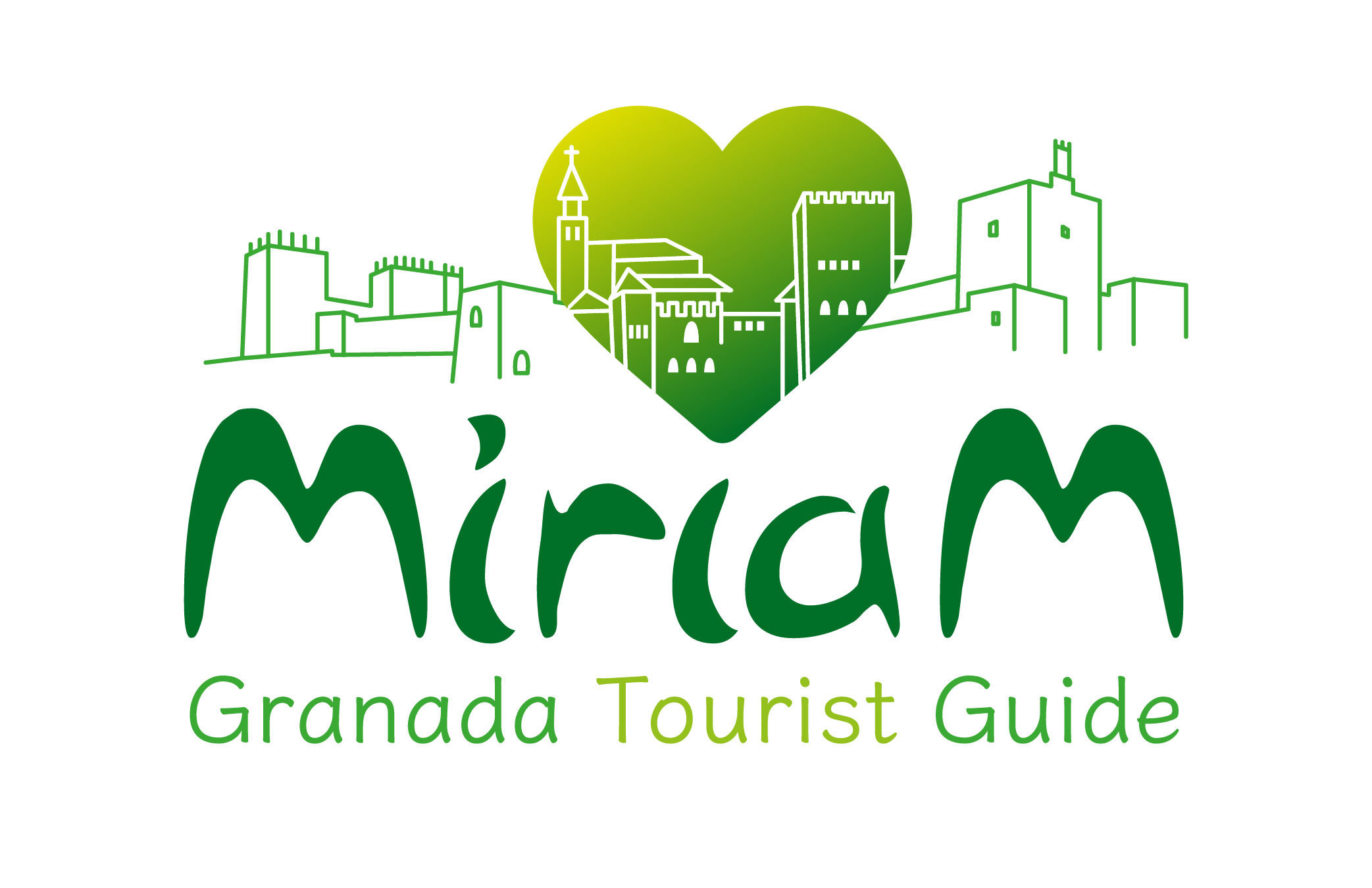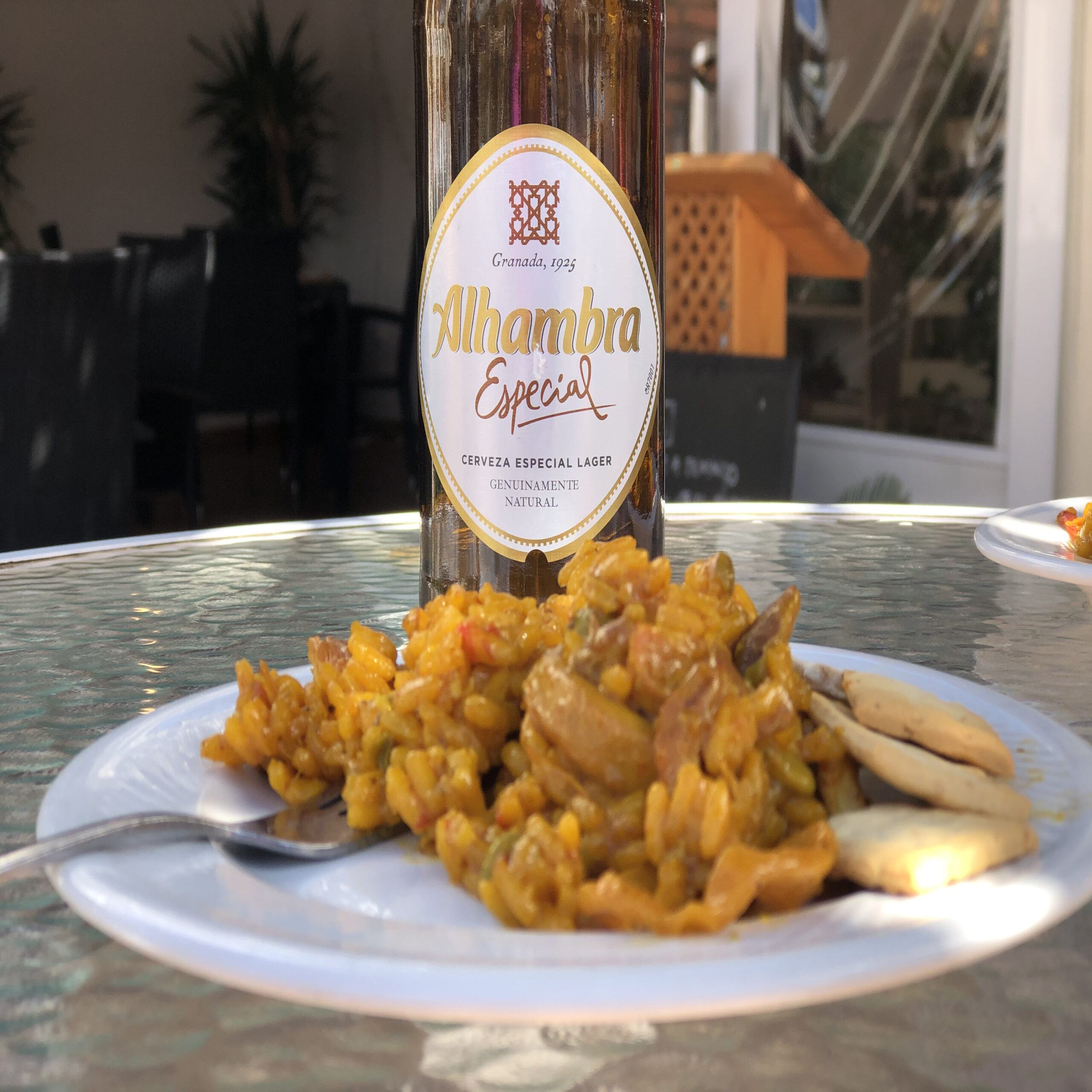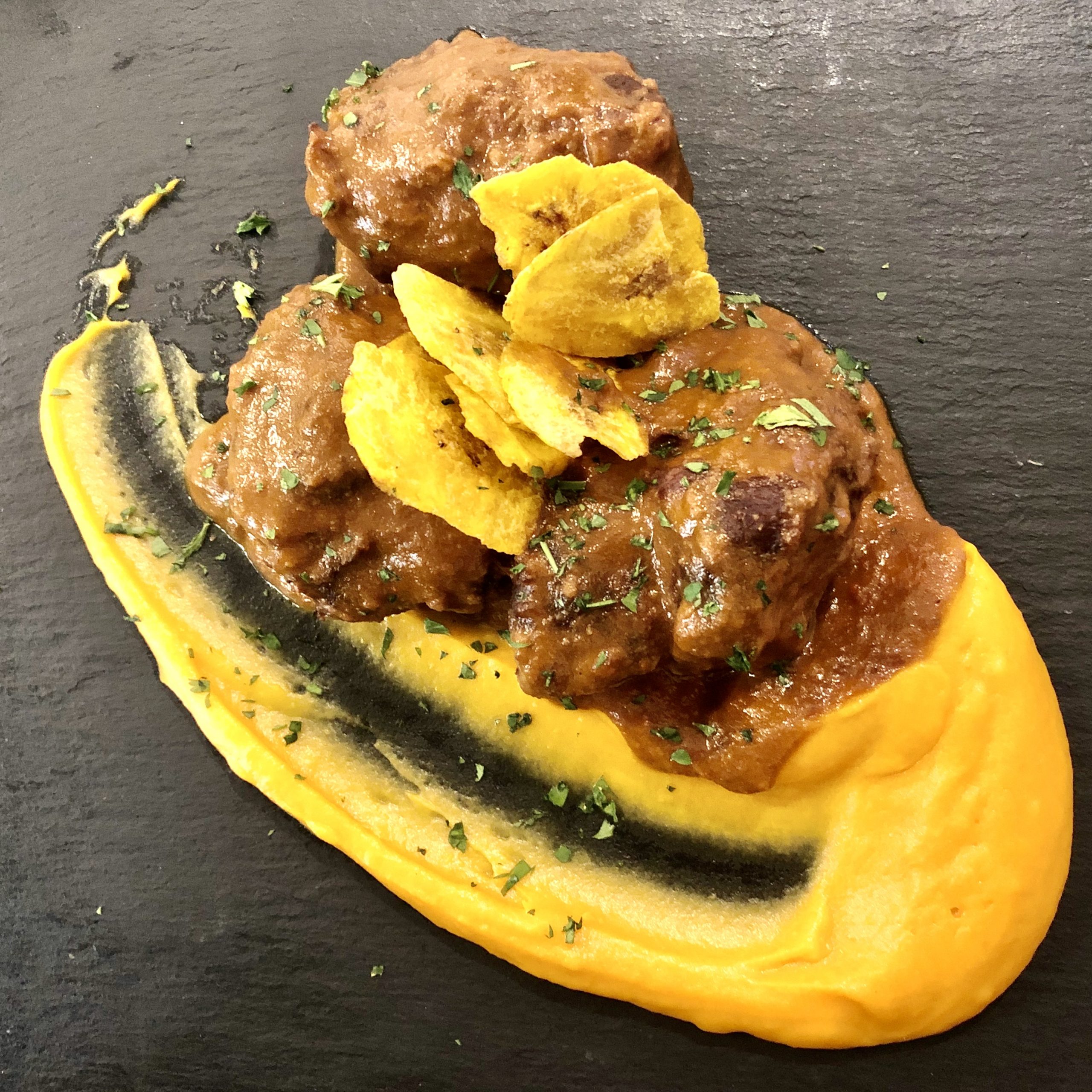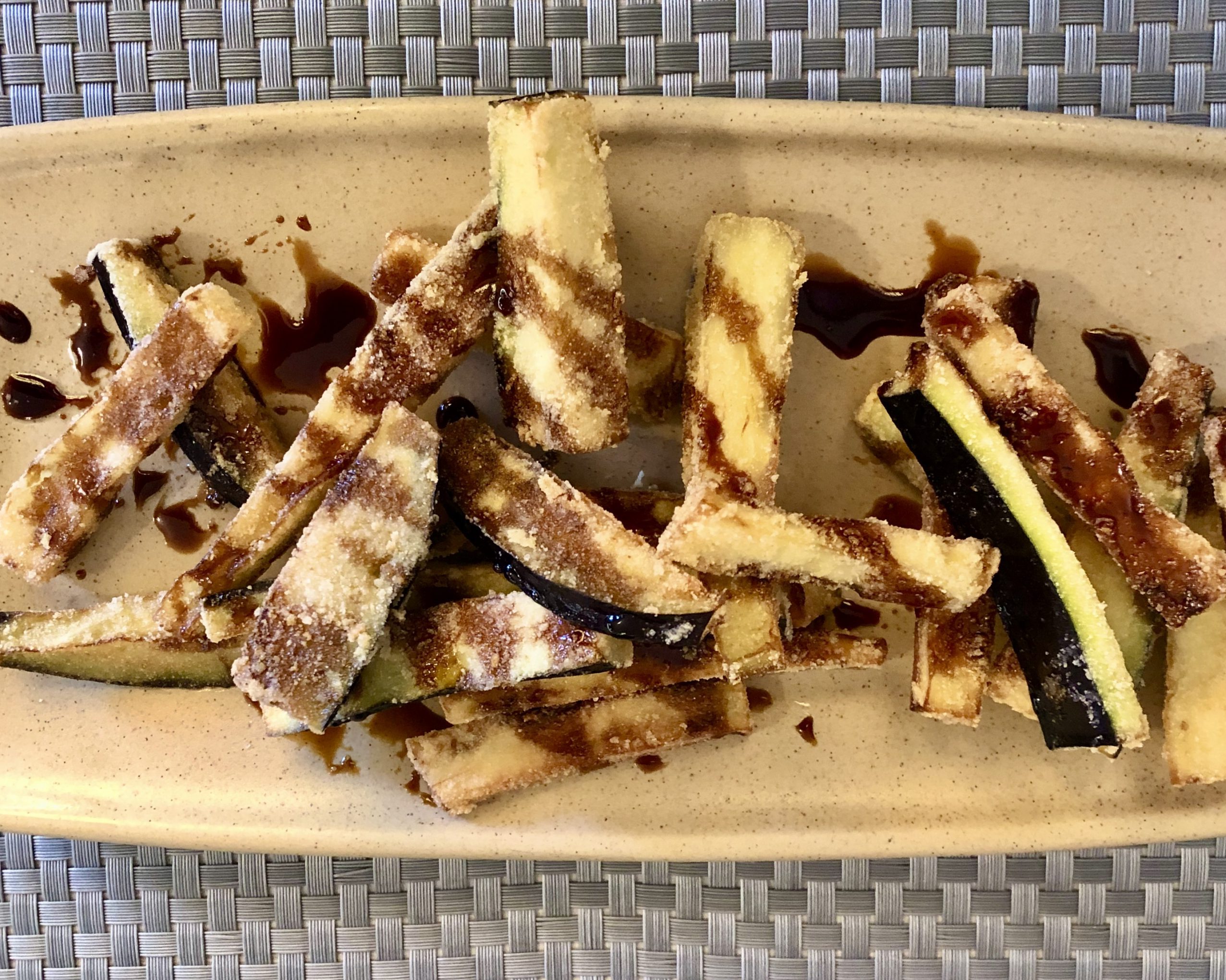
17 Aug Food, cuisine, and gastronomy of Granada
Local gastronomy
Local gastronomy has become an essential part of our experiences in our travels. We love to enjoy a good local meal.
Granada has a wide variety of gastronomic offerings. You can find bars and restaurants offering international cuisine and places where our local food is provided: the Mediterranean diet was declared “intangible cultural heritage” by UNESCO.
As travelers, we always try to find the most authentic vibes of the area, and that is why I sincerely suggest two different ways to test the typical food from Granada: tapas and daily menu or “menú del día”.
Gastronomy of Granada: Tapas
Granada is the original place for Tapas. Maybe you have already tried them in other places around the world.
But have you ever wondered what exactly are they and where the original idea comes from?
Keep reading this post so you will find out all the answers.
What is the concept of Tapas about?
Tapas are a variety of appetizers based on Spanish cuisine. These may be cold Tapas such as a plate of olives or cheese. They can also be warm, such as a broken egg on a serrano ham slice, croquettes, freshly fried fish, etc.
Nowadays, in most bars in Spain, the tapa has become an authentic, sophisticated part of the cuisine.
But what does the word tapa mean?
A literal definition for the word tapa is “a piece that closes the top of an object or container”. In Granada and Spain, we also use the term to describe a type of food. However, the origin of its use comes from several theories.
Theories about the origin of Tapas:
One of the first theories says that the habit of eating Tapas started with the need to place a plate over the glass, so the objective was to protect the drink from the annoying fruit flies that were attracted by the aromatic smell of the wine.
However, other people think that the name originated in the 16th century in a tavern in Castilla la Mancha. This region produces excellent cheeses. According to the gossip, “if the cheese smells strong, it’s good.”
This is why the tradition was to disguise the cheap wine by covering the glass with a piece of cheese.
Others believe that tapas began to be used in the Alfonso X of the Castile period. After suffering a severe illness, the King recommended a healthy prescription to have a glass of wine with a snack between meals. As he confirmed that this habit was excellent, he ordered all the innkeepers to serve wine accompanied by a small aperitif. Does this seem like an excellent obligation to you?
Another widespread possibility refers to a historical moment. On his trip through Andalusia, King Alfonso XII stopped at a famous tavern in Cadiz and ordered a glass of wine. The waiter, neither slow nor lazy, served him a glass of wine with a piece of Serrano ham. His intention was not to impress him but to protect the wine from the annoying sand brought by the strong wind from the beach. As soon as the king finished his glass, he asked the waiter for another glass of wine accompanied with a tapa.
And the last possible theory of the origin of Tapas is related to King Philip III. In his effort to prevent drunkenness among his soldiers and sailors, he established a new practice. All tavern keepers were obliged to serve wine with something to eat. This way, it avoided the effect of alcohol and prevented drunkenness.
Whatever the theory about tapas may or may not be true, the critical fact is that today it has become a perfect excuse to share and enjoy the local gastronomy of Granada.
“Tapear” is a social excuse to meet together.
Going out for tapas is not just eating local gastronomy. It is also the perfect moment to talk and meet up with friends and family. For this reason, in Spain it is a solid tradition to eat tapas at any time.
The most common moment is before going home for lunch so you can have a snack and hold out until our lunch break around 3 pm. It is also an excellent choice for dinner, especially in summer.
Do you want to know where to go for tapas in Granada?
I am 100% sure that you will really love it when you discover “ir de tapas“.
Local gastronomy: Menu of the day
Another exciting option of the gastronomy that Granada offers and is considered home food is “menú del día.”
‘’Menú del día’’ is an option daily used by working people and university students.
The daily menu is homemade food with typical dishes at a fixed price. It usually consists of a first course (soup, salad, etc.), a second course (fish or meat main course with garnish, includes a drink and bread and dessert or coffee. The price usually is between 15 and 20 euros per person.

The background of this traditional practice dates back to the 60’s (during Franco’s time), when the tourist boom in Spain began. The objective was to create a menu that would attract cheap tourism on a large scale.
Nowadays, it is known as the day’s menu or the house menu (menú de la casa). Don’t miss it in Granada. I usually use this option when I am working because It’s fast, economical, and well-balanced and delicious.
The next time you visit a restaurant or bar, ask for their menu of the day so you will undoubtedly be pleasantly surprised.
I hope this information encourages you to enjoy another of Granada’s great treasures: its local gastronomy. And if you would love to be accompanied by a local, please don’t hesitate to book a gastronomic experience with me.
If Granada is on your wish list and you want to know more about Granada, do not forget to download my free Ebook with all you need to know before visiting Granada.






Sorry, the comment form is closed at this time.